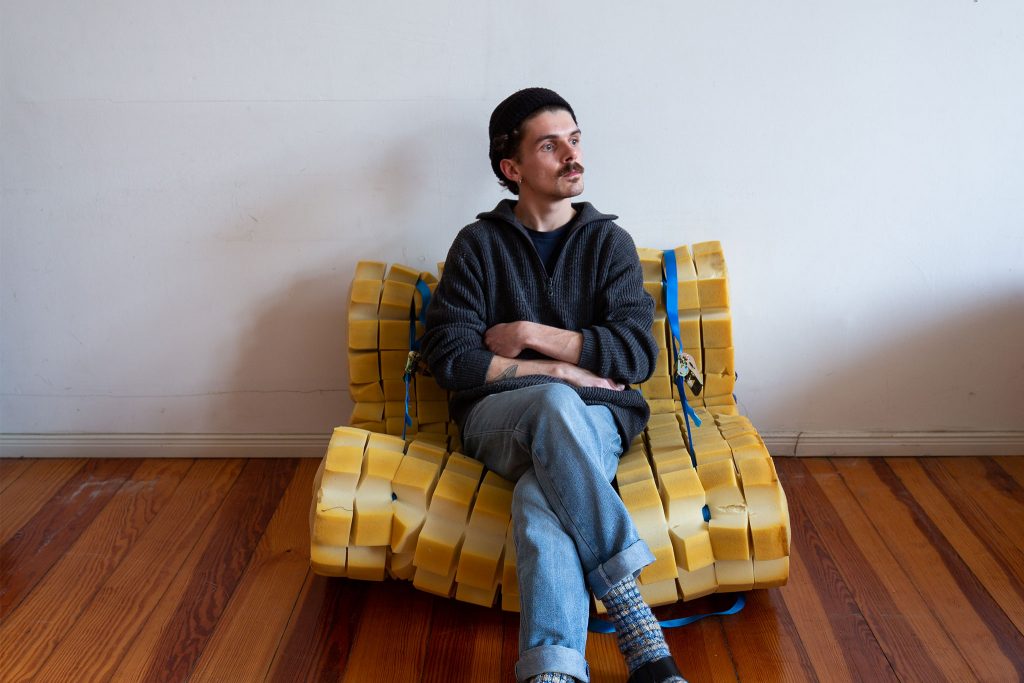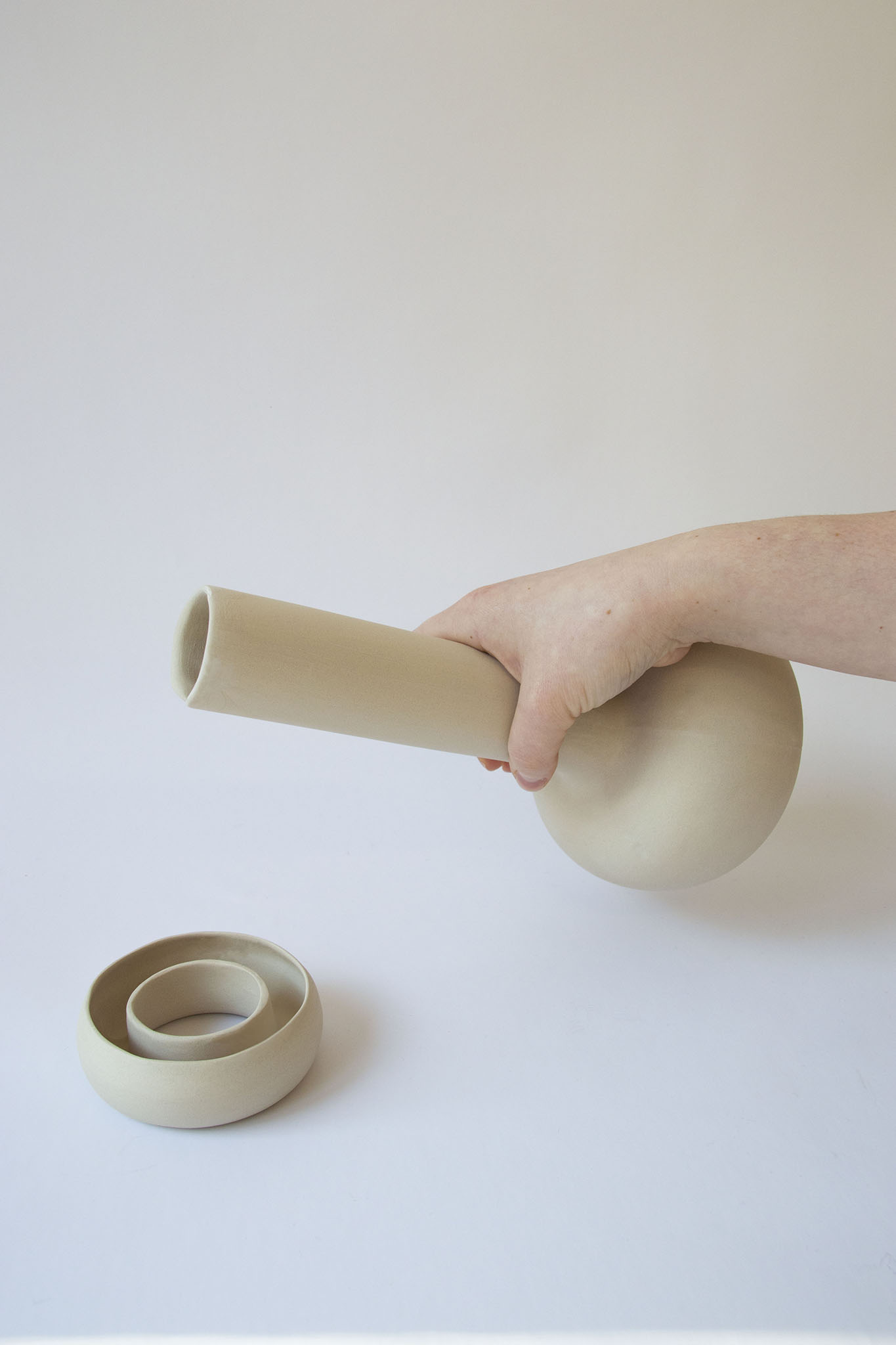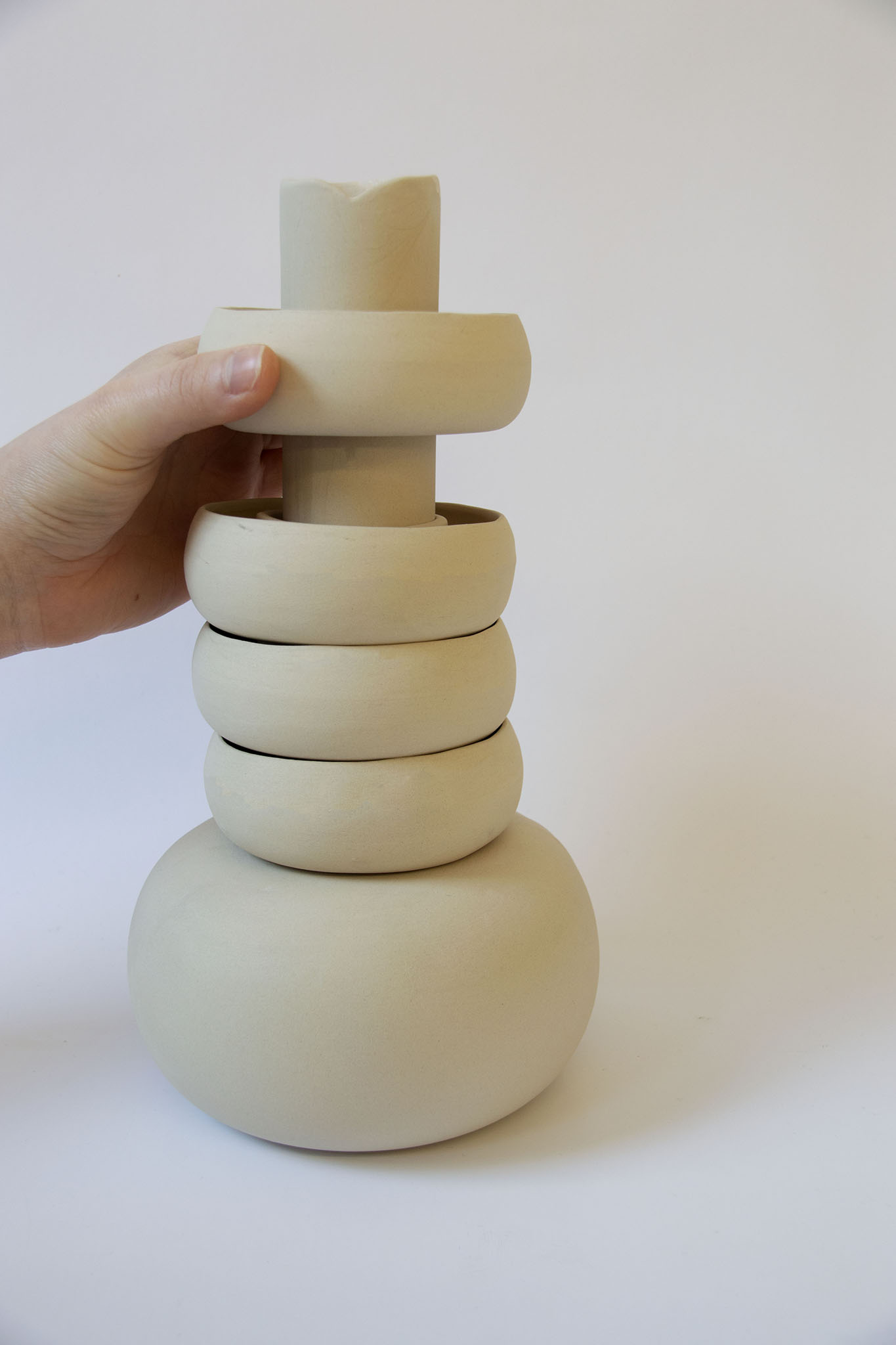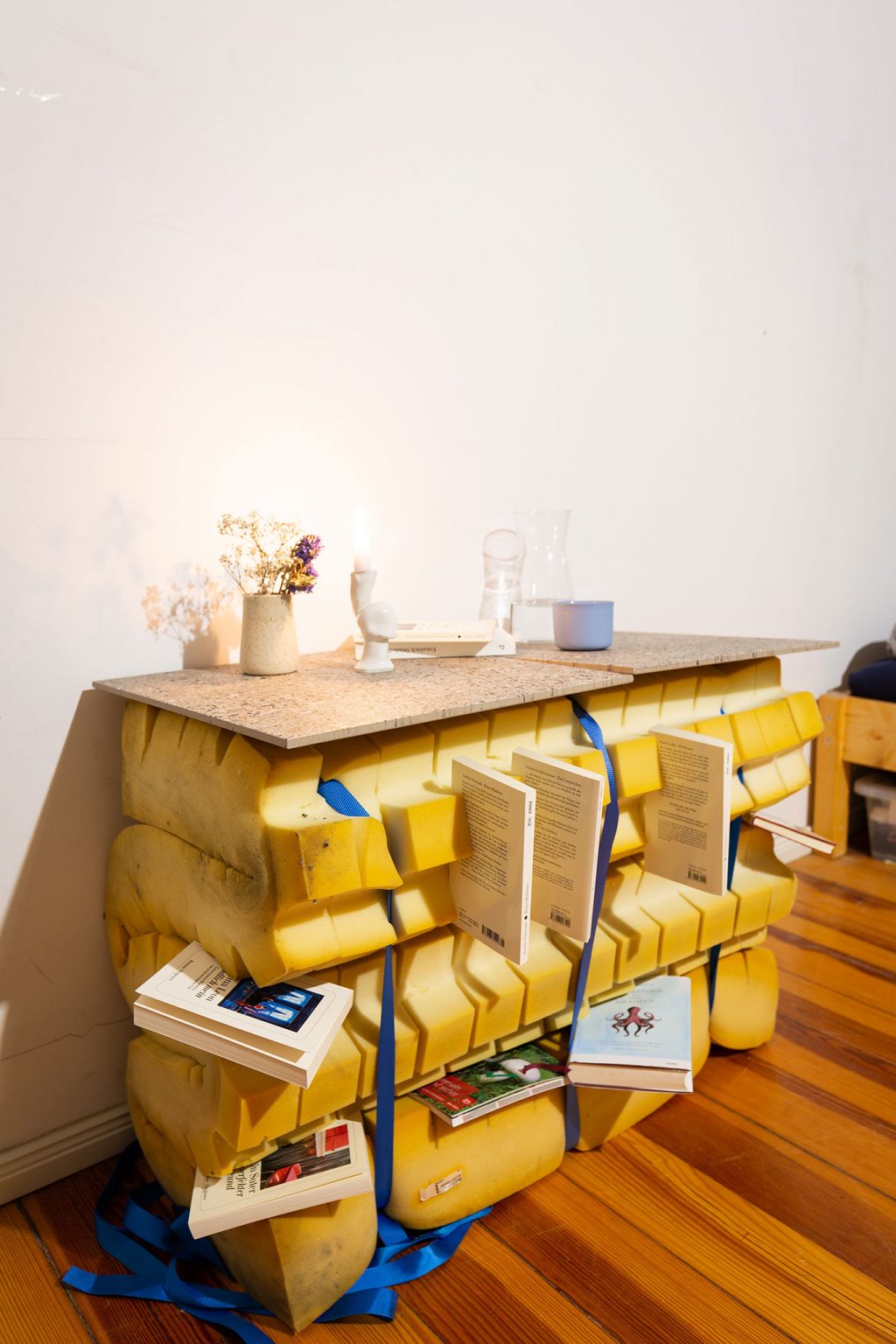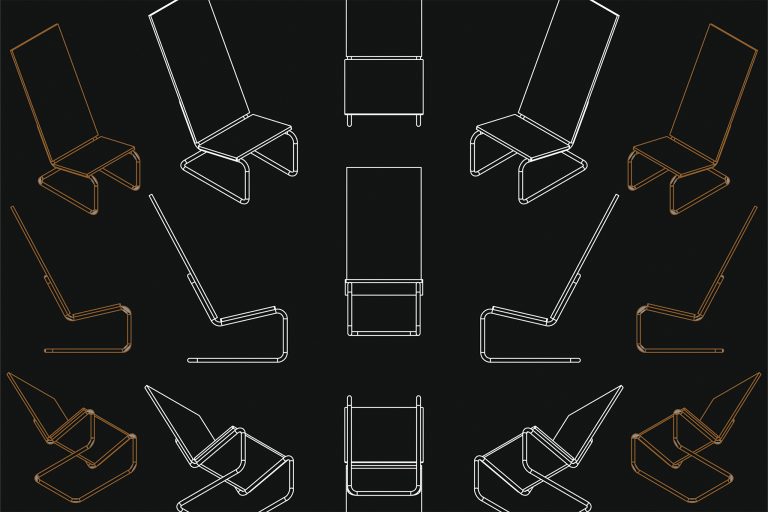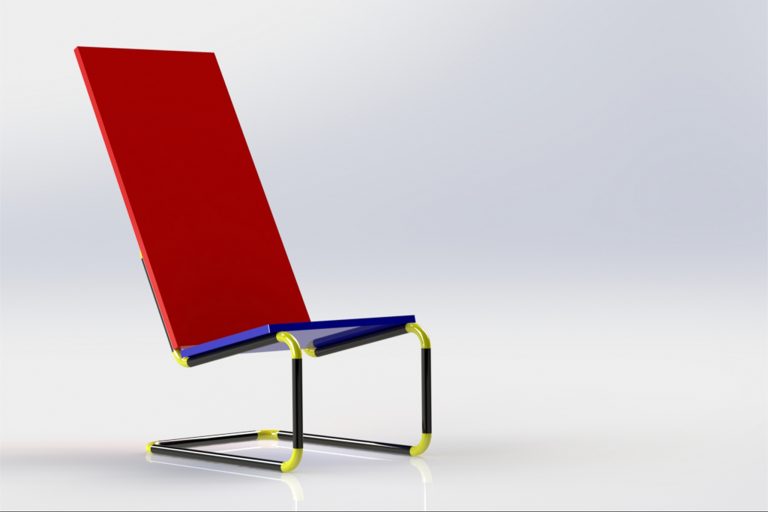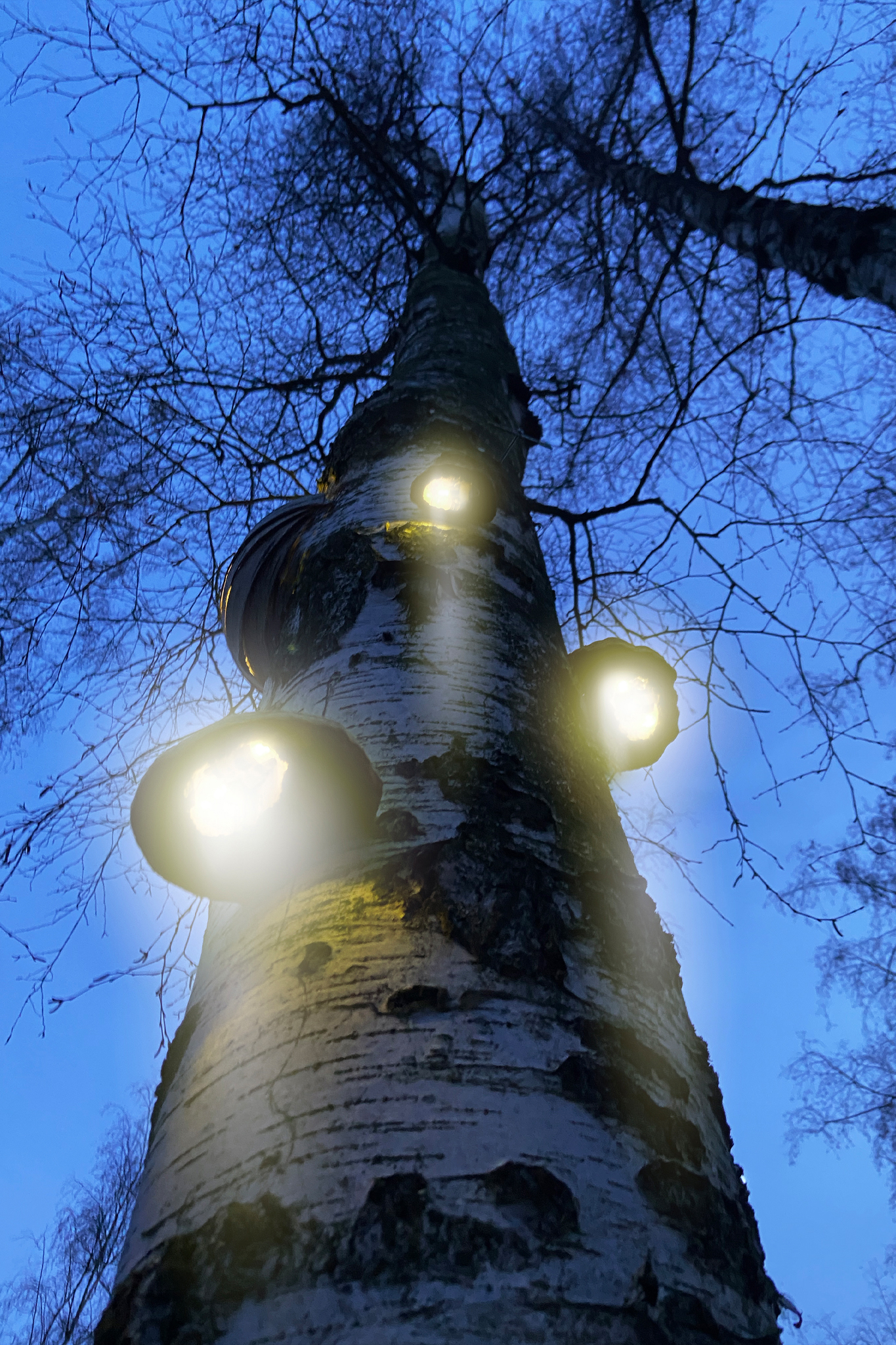06 Hypermutations
2021/22
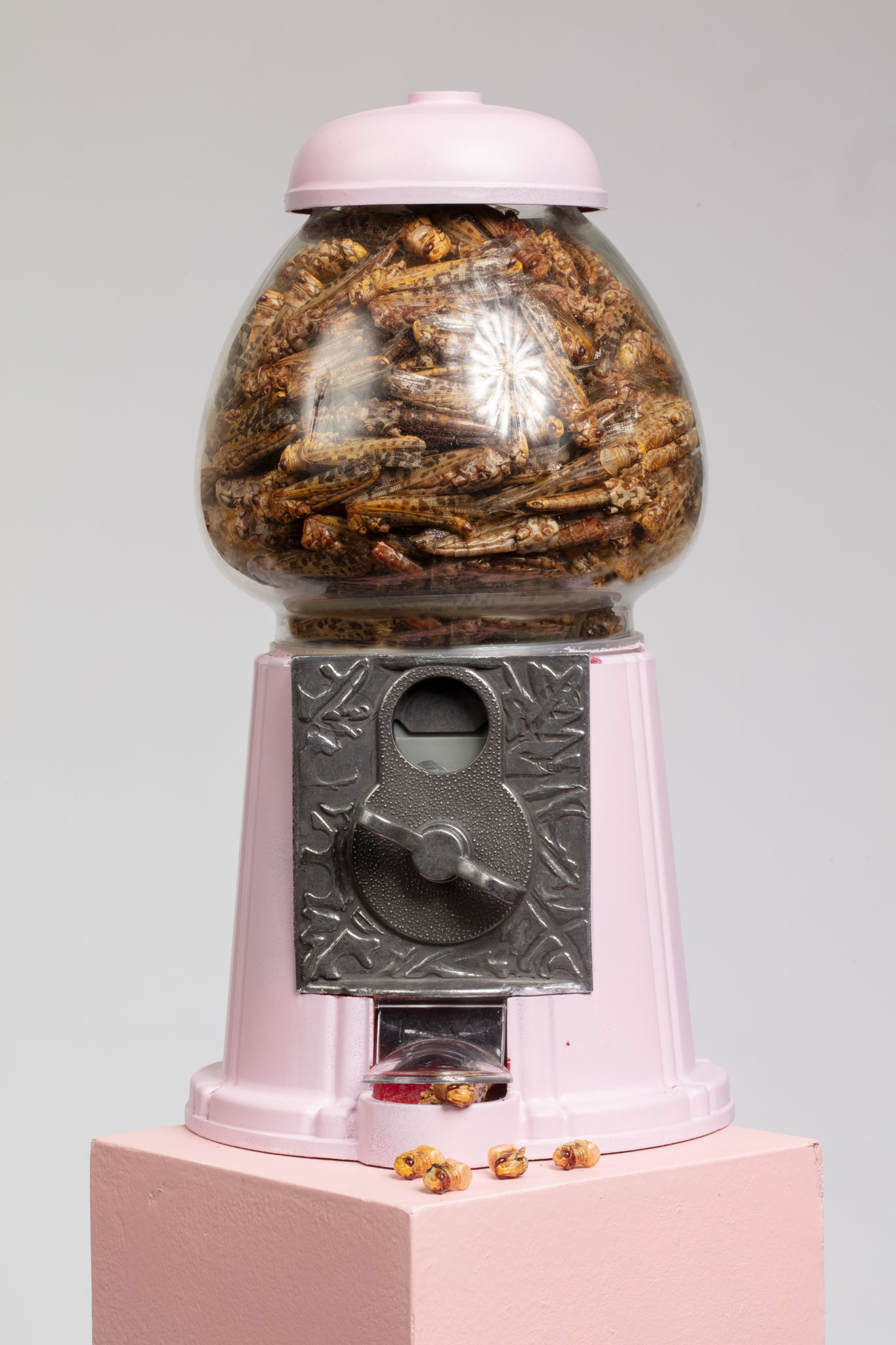
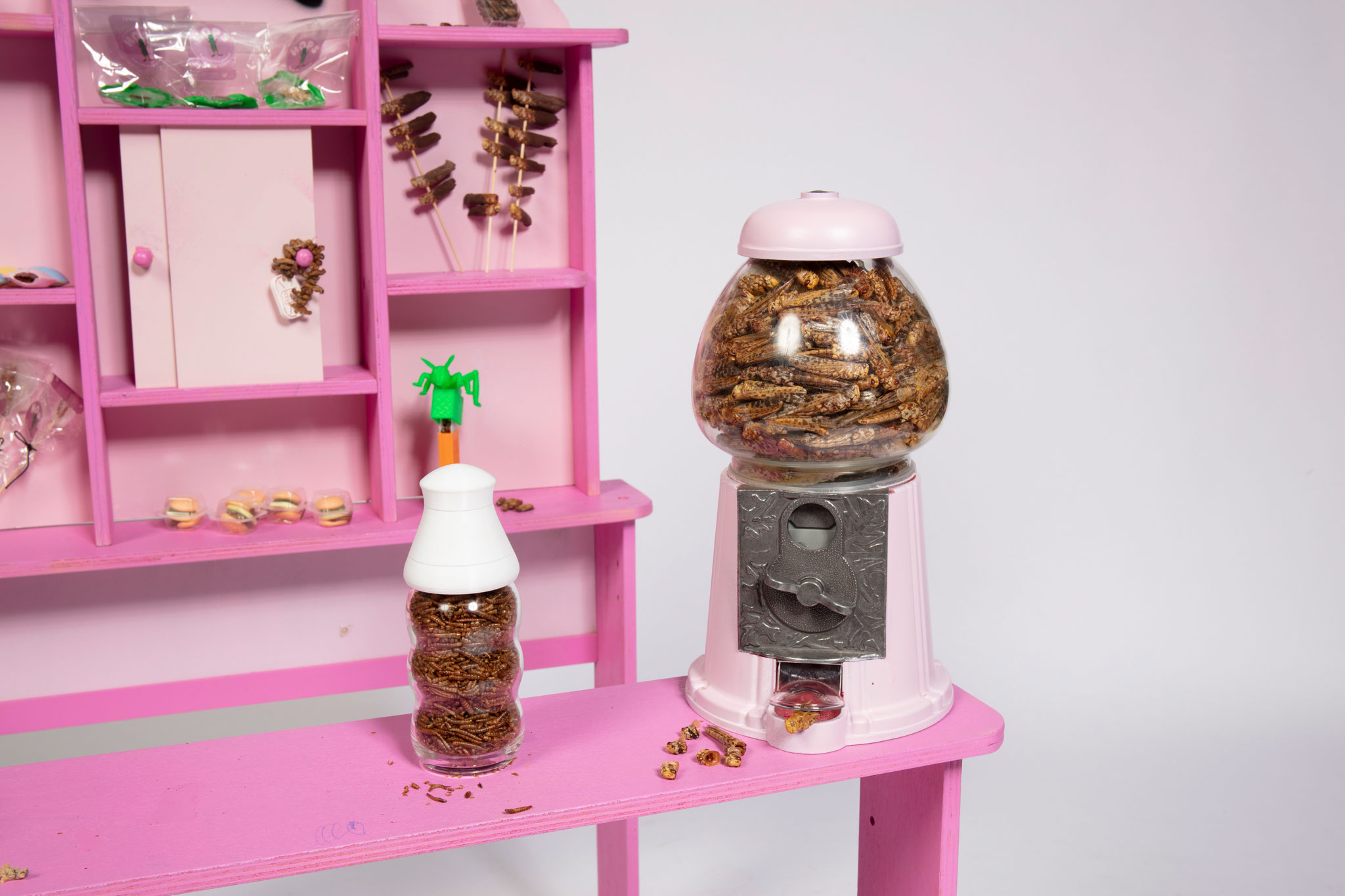
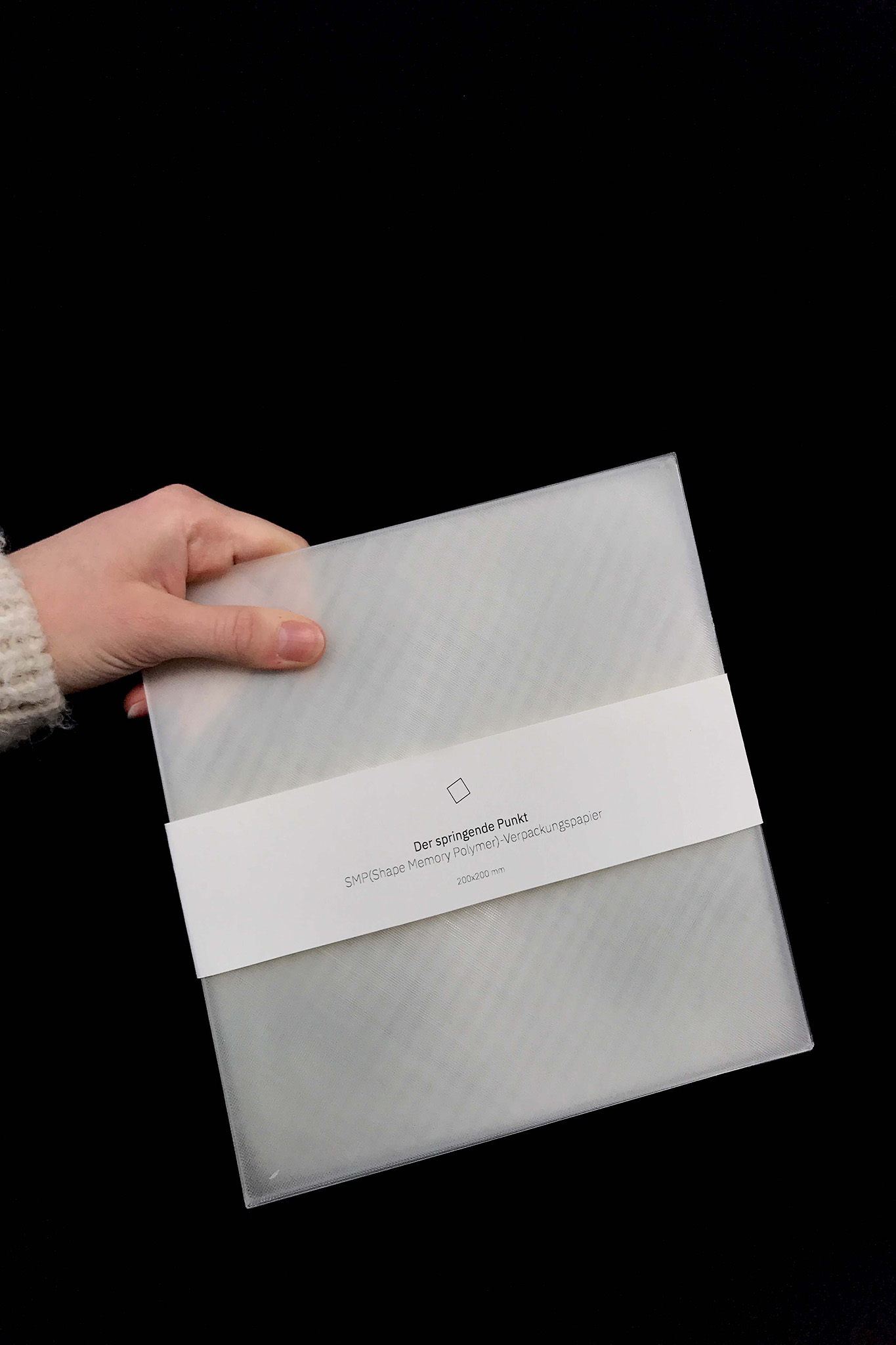
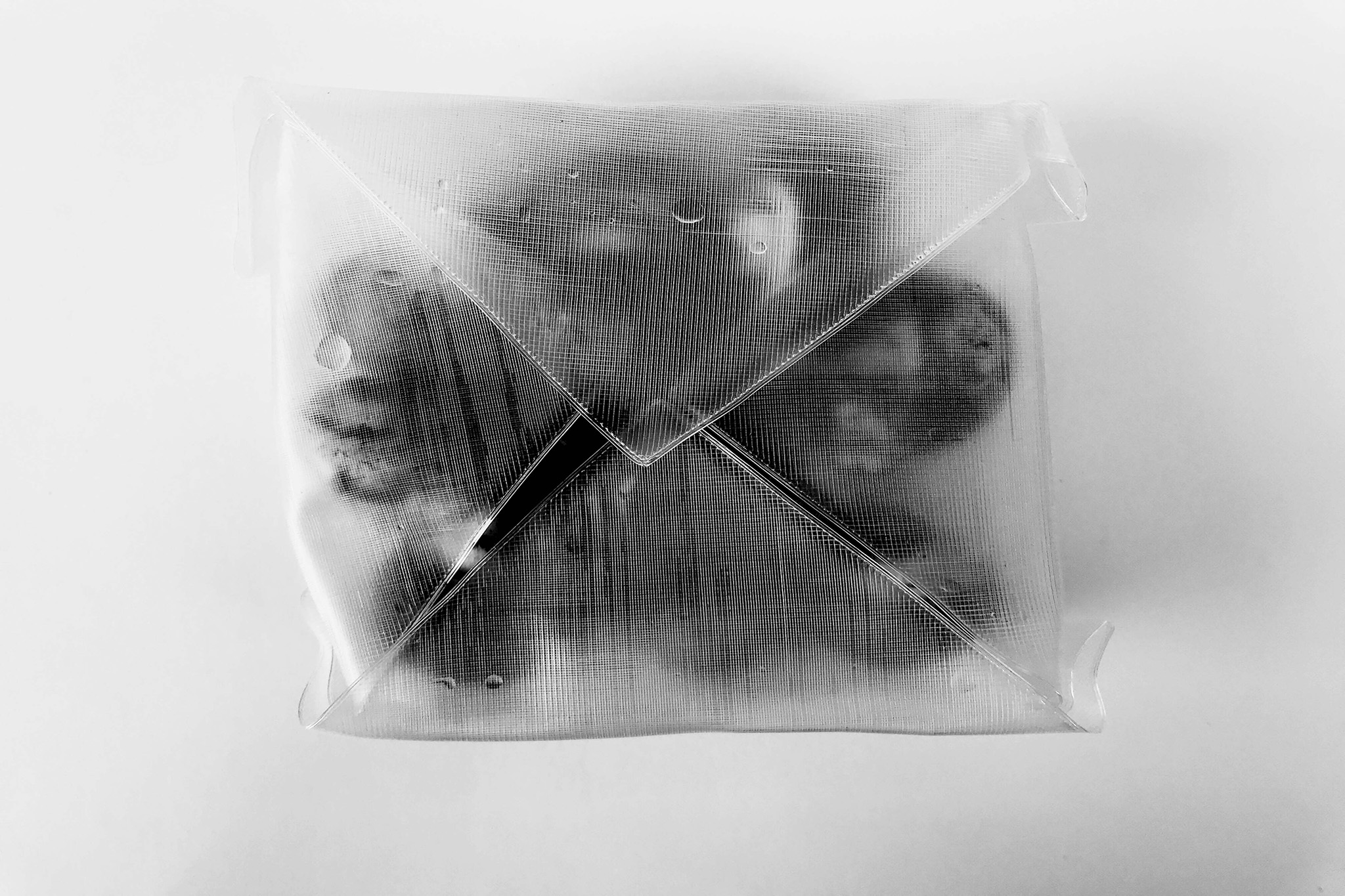
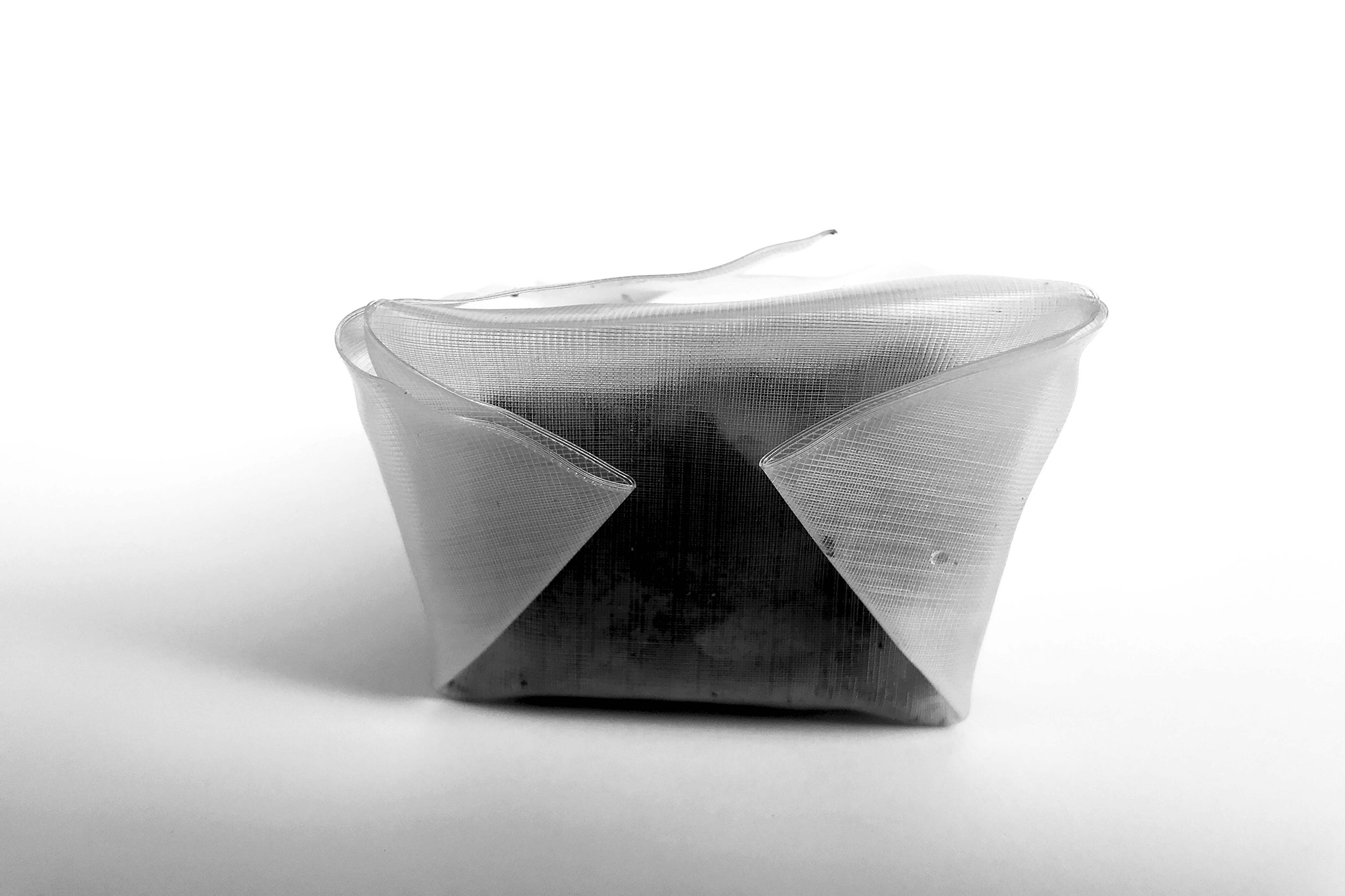




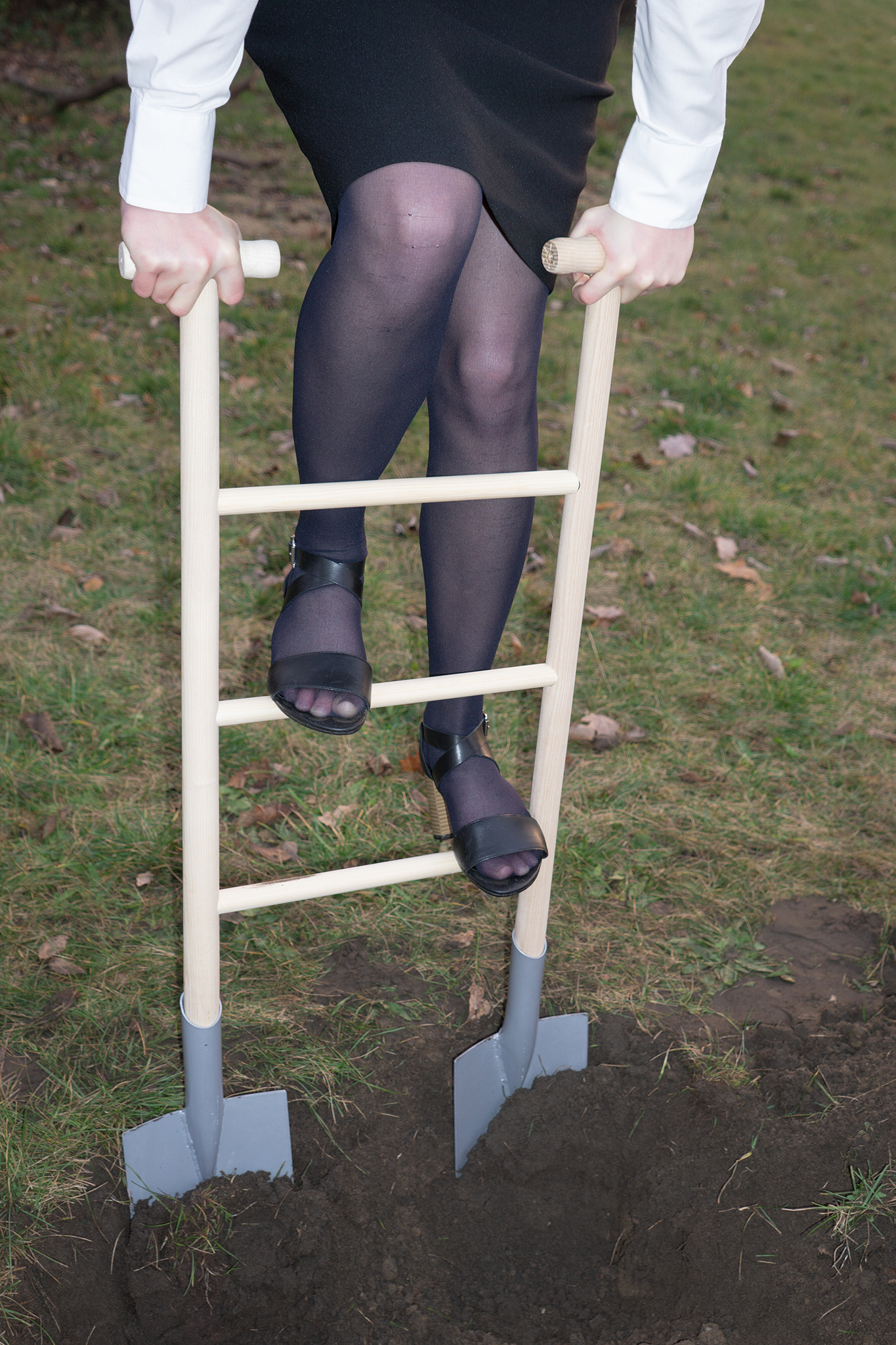



Lecturers_ Prof. Axel Kufus, Annika Unger, Anja Lapatsch
BA students_ Karoline Heyde,
Emma Johann, Liesa Fritzsche, Lilly Krämer, Clara Escobar, Paul Krüger
Friedrich Kreppel, Helena Wassilowsky, Skarlett Balta Cisneros,
Katharina Matejcek, Pepita Neureuter,
Gurdus Libi, Lea Dekara, Cristiano Picão Pereira, Caspar Fischer, Fatma Cankaya, Lukas Dilger, Felix Zahner
Photos_ Karoline Heyde,
Emma Johann, Katharina Matejcek, Pepita Neureuter, Cristiano Picão Pereira, Caspar Fischer
BA students_ Karoline Heyde,
Emma Johann, Liesa Fritzsche, Lilly Krämer, Clara Escobar, Paul Krüger
Friedrich Kreppel, Helena Wassilowsky, Skarlett Balta Cisneros,
Katharina Matejcek, Pepita Neureuter,
Gurdus Libi, Lea Dekara, Cristiano Picão Pereira, Caspar Fischer, Fatma Cankaya, Lukas Dilger, Felix Zahner
Photos_ Karoline Heyde,
Emma Johann, Katharina Matejcek, Pepita Neureuter, Cristiano Picão Pereira, Caspar Fischer
Mutations occur in all areas of life - continuously and simultaneously. In the complex interactions of species with each other, irritations between stock and change arise again and again - but also new balances, because the stock, the totality of all species as well as the living conditions change with it. These processes take and have taken a long time - and as we know from evolutionary research - millions of years.
Our technical revolutions, on the other hand, with their accelerated changes, leave the evolutionary processes of our environment far too little time for new balances - which puts species richness in considerable danger. However, there are many opportunities to intensively examine the necessities and possibilities of changes in products - with metamorphoses from the interactions with their environments and with transformations through design interventions that can enable new interactions.
read more
Our technical revolutions, on the other hand, with their accelerated changes, leave the evolutionary processes of our environment far too little time for new balances - which puts species richness in considerable danger. However, there are many opportunities to intensively examine the necessities and possibilities of changes in products - with metamorphoses from the interactions with their environments and with transformations through design interventions that can enable new interactions.
read more












